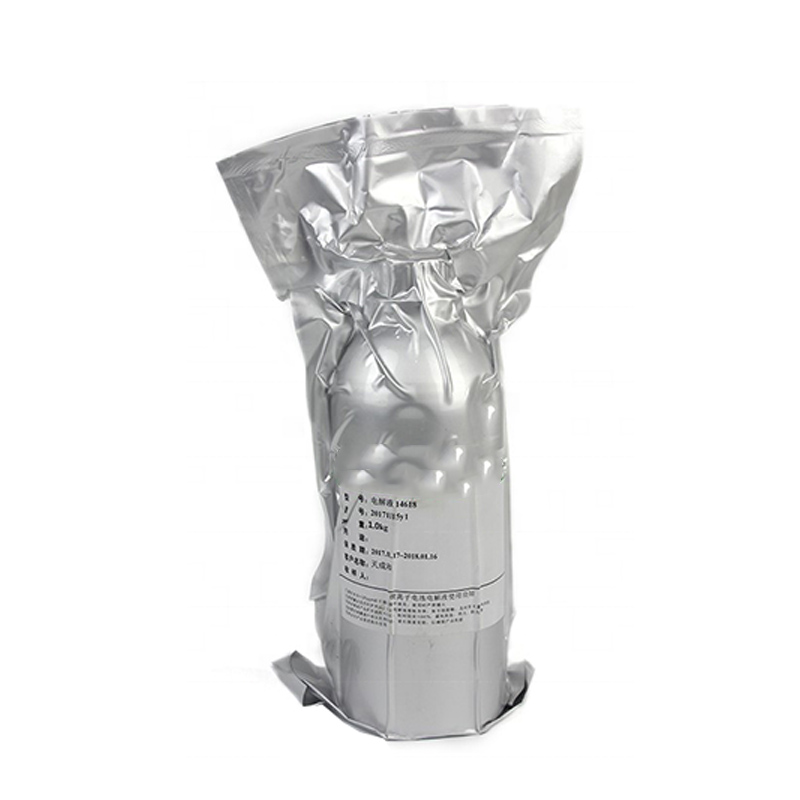-
Call Us
0086-592-7161550 -
Email us
ping@aotbattery.com -
Skype
ping@aotbattery.com
Call Us
0086-592-7161550Email us
ping@aotbattery.comSkype
ping@aotbattery.comThe electrolyte is in a harsh living environment. It faces the strong reducibility of the negative electrode and the strong oxidation of the positive electrode.
Adding flame retardants to make the electrolyte non combustible and reduce its flammability is an effective way to improve the safety of batteries.
However, this approach has limited improvement in battery safety, especially when the capacity of commercial batteries exceeds 100 ampere hours, and flame retardants cannot stop them,Because the combustion of batteries is contributed by combustible gases.
During the process of thermal runaway, there are two factors that lead to thermal runaway safety. One contributes to combustible gases, and the other contributes to oxygen and temperature.
The first is combustible gas: Flame retardants can only ensure that the electrolyte is not combustible in a liquid state, but the negative electrode reacts with the electrolyte to produce a large amount of reducing gas, which is flammable and provides a foundation for combustion.
The second is that the exothermic reaction of the battery body provides high temperature. The solid body generates oxygen when heated at around 200 degrees Celsius, and the solid part of the battery provides a high-temperature environment; Combustible gases themselves can burn, and the solid part provides a temperature, which inevitably leads to combustion.

By changing the reaction path between the electrolyte and the negative electrode, reducing the types and quantities of reducing gases, the safety of the battery can be improved from this perspective.
In the thermal runaway test, there are three temperatures that represent different physical meanings:
T1 represents the battery entering the self heating stage, where the negative electrode reacts with the electrolyte to form a reducing gas. The reducing gas flows to the positive electrode, attacking the lattice of the positive electrode, causing a phase transition and oxygen release.
Oxygen reacts with EC in the electrolyte, causing a temperature increase. Form T2, which is the triggering temperature for thermal runaway. The time spent in the temperature range of T1 and T2 is relatively long, and work can be done from passive protection.
The positive and negative poles react violently, forming the highest temperature T3.
Regulation method:
1. Electric regulation: discharge control of the battery. Because the reaction is for electrons, through discharge, electrons are released, and if electrons are not released, reducing gases cannot be generated.
2. Gas regulation: Use intelligent exhaust valves to forcibly exhaust, avoiding crosstalk, accumulation, and combustion.
3. Cooling: Reduce reaction speed.
4. Poisoning agent: Release a poison agent on the composite collector to absorb the gas.
5. Reduce or block the path of combustible gas production. For example, EC free, or reducing the amount of EC electrolyte, such as perfluorinated electrolyte.
6. Aggregation: blocking crosstalk, preventing reactants from reaching the opposite electrode.
6. High safety diaphragm, blocking crosstalk.
7. Add flame retardants to suppress the combustion and temperature rise of the electrolyte, and delay the time of thermal runaway.

Tel/Whatsapp: 0086-592-7161550

Scan to wechat:
